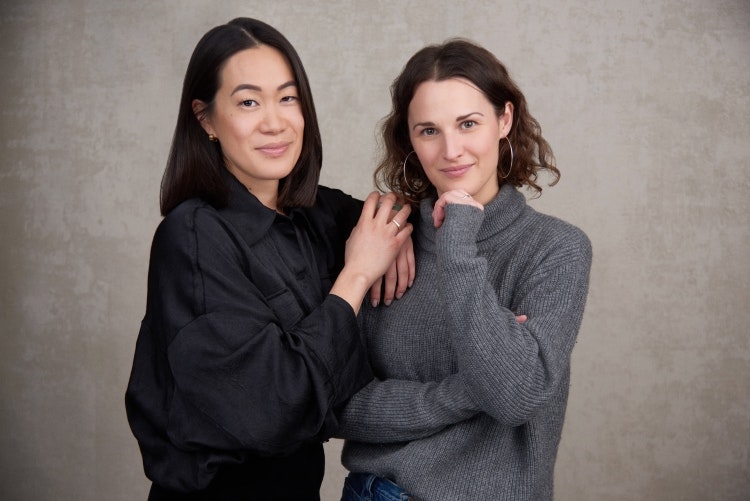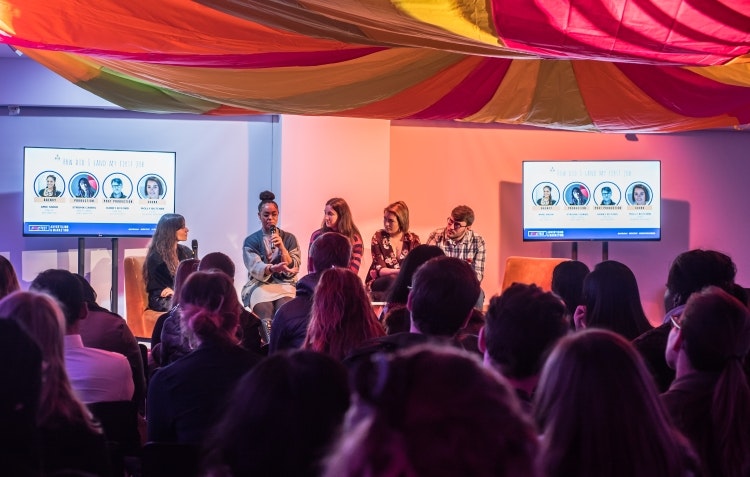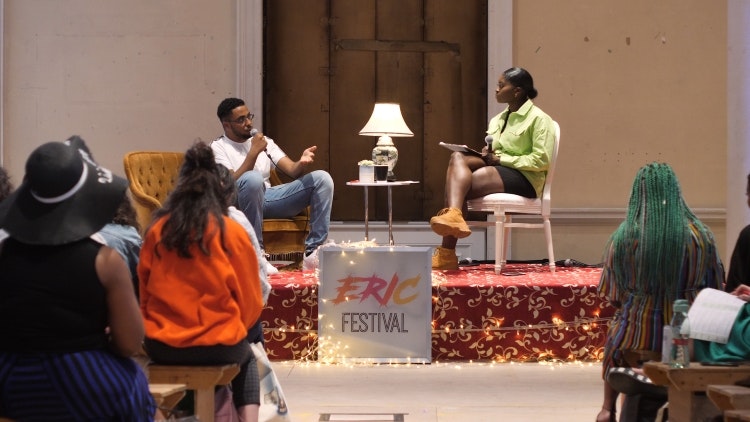Childhood friends Mae Yip and Samantha Hornsby both wanted to get into creative careers but failed for different reasons. Yip’s parents “didn’t see the creative industries as a serious job option” and so she was discouraged from pursuing a career in the sector, while Hornsby was rejected from four art universities and “didn’t know any other pathway”, according to Hornsby.
Years later, the pair realised that one of the reasons they were unable to break into the creative industries is because most careers fairs don’t focus on or have a space for creative jobs or businesses and so, Hornsby says they quit their jobs in 2016 to start an “alternative careers fair series”. These “visually exciting and experiential” events were curated to help young people learn more about the creative industries and how to get into them by “connecting them with companies”, she explains.

Yip and Hornsby managed to build up a community of around 150,000 young people who were coming to the events, following them on social media, or were part of a mailing list, all looking to learn more about access to the creative industries. At this time, Hornby says they were working with hundreds of companies, such as Warner Music, ITV and the Financial Times.
When the pandemic hit, the business had to adapt. Hornsby notes that she and Yip had already noticed that they “weren’t really solving the root of the issue” with the events and that the real barrier was “a discovery issue”. This means that young people were “not finding the resources online that could help them get into the creative industries”, she adds.
Their next solution was a digital app that sought to bridge the gap between 16-25-year-olds and the creative industries. The MVP (minimum viable product) version of the ERIC app went live in 2021, when 5000 young people began testing it for a year, before the final version was released in 2022. Ukrainian agency Softblues designed and developed the app.
Empower, represent, immerse, create

ERIC stands for empower, represent, immerse, create, which summarises its key goals, according to Hornby. The app is based on an aggregation system, meaning that content scouts “scan the internet” to find upskilling opportunities and then match them up with the young people, Hornsby explains.
Users are asked where they are based, their age, what specific industries they’re interested in and if they are part of any underrepresented demographic before being matched with opportunities. Prospects could include internships and apprenticeships, accessibility programmes and schemes, training and courses, events and workshops, and competitions and grants. Eric is currently focused on upskilling opportunities within 16 creative industries, including design.
Read more: How can the industry make design careers seem more accessible?

ERIC’s design section comprises mostly graphics and digital design opportunities while some forms of design, like fashion design and interior design, are already covered in other creative industries on its list. Other sectors that the app covers that might cross over with design include architecture, arts and craft, culture and heritage, gaming and VFX and animation.
When searching for a definition of the creative industries, Hornsby says she found that no official definition is relevant for “ a post-internet world”. She adds that the UK Government definition is “30 years out of date” but that Creative Scotland’s includes “so many of those industries that people often forget about” such as advertising, games and journalism.
Hornby reveals that ERIC now has around 40,000 users and hundreds of companies promoting opportunities through it.
Increasing outreach

Recommended: Design and Technology Association’s vision paper calls for curriculum overhaul
While the ERIC app is “a really good way to promote a training or mentoring scheme”, it focuses on young people aged 16+, so Hornsby says that creative professionals need to “get involved in schools as much as possible”. She believes that “one of the big failings of the creative industry is that it doesn’t put in enough effort into connecting with young people in schools” and that early outreach is really important.
“In this country we are obsessed with academia,” she says, adding that there should be more creative industries speakers going into schools to explain that “it’s not a scary option and there are serious careers in there”. She thinks that “the same messages that were being perpetuated 20 years ago” when she was at school are still circulating and that “it’s not the fault of careers teams and schools, it’s the fact that the creative industries haven’t connected with schools enough to debunk those myths”.
If employers in the creative industries want to hire “the best talent”, Hornsby says they have to “make an effort to show young people that they are willing to invest in their training and development”.
UK-wide growth

At the moment, between 80-90% of ERIC’s users are based in the London and South East, which is where the app’s team is based. Hornsby hopes that its demographic can be spread more widely spread across the UK by the end of 2024 and already has her sights set on finding more opportunities in Manchester.
In terms of outreach, Hornsby and Yip already have a network of 3000 schools that they work with to flag opportunities relevant to an under-16 audience via a newsletter as well as very active social media channels, particularly TikTok. The ERIC team plan to work with government to “help them shape policy”, “inform them about how young people are feeling about the creative careers available” and guide them on how they can support campaigns in schools and beyond, says Hornsby.

- Design disciplines in this article
- Industries in this article
- Brands in this article










